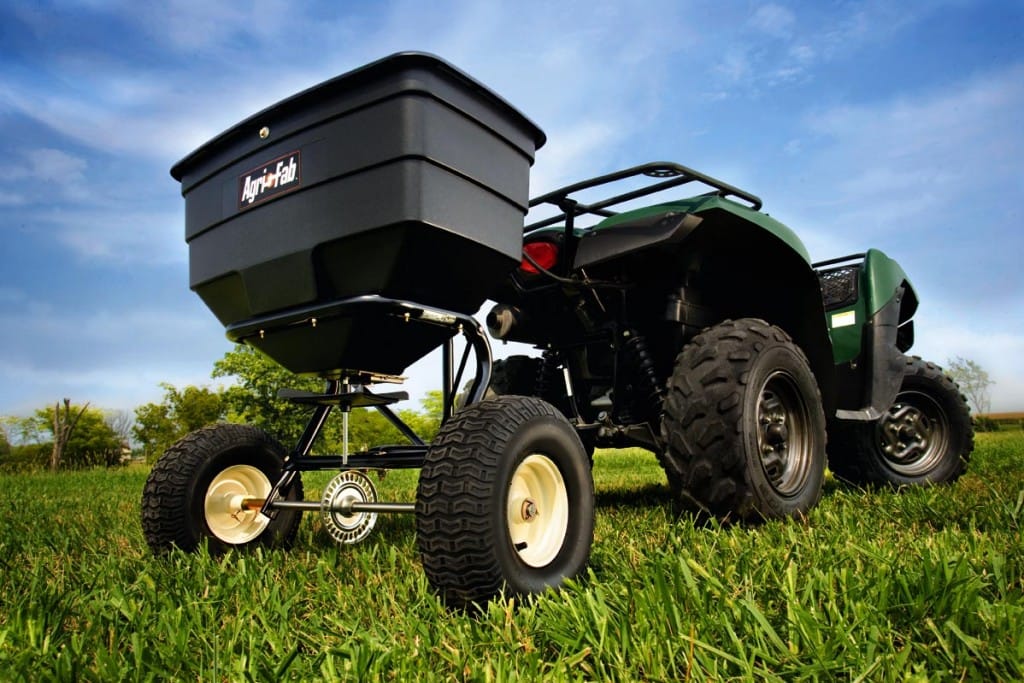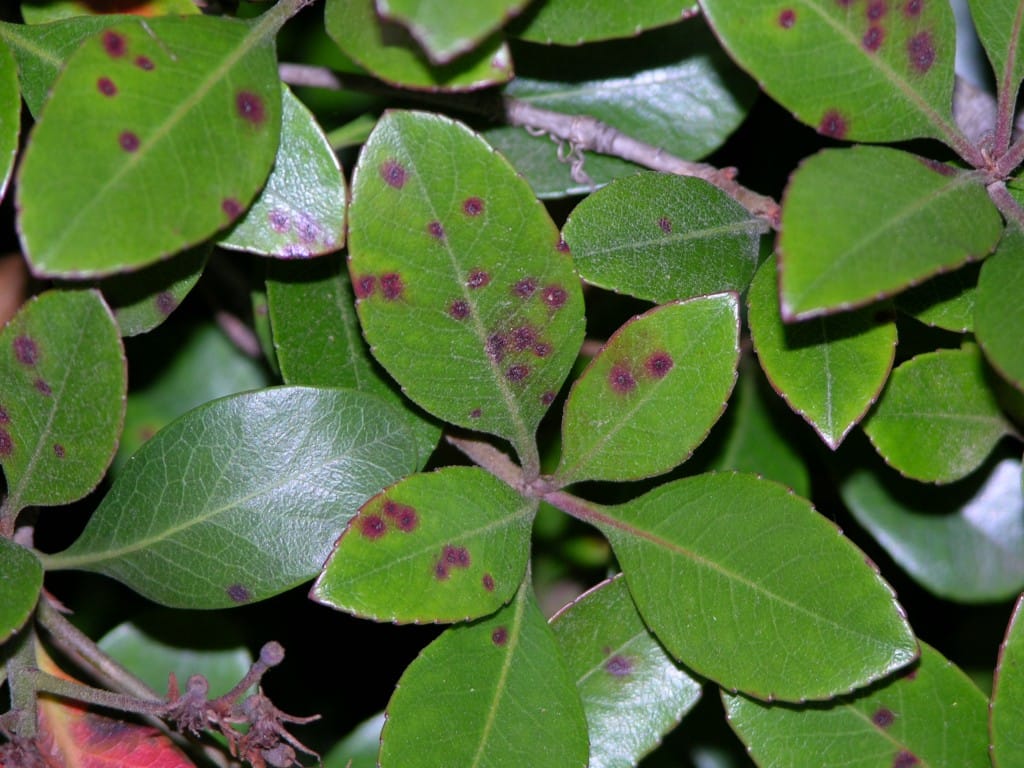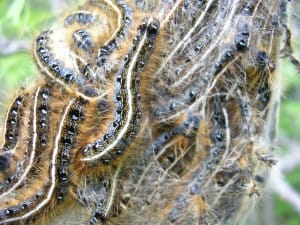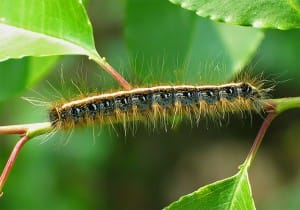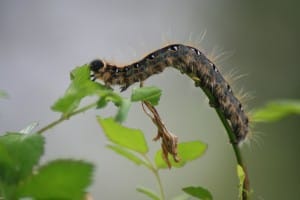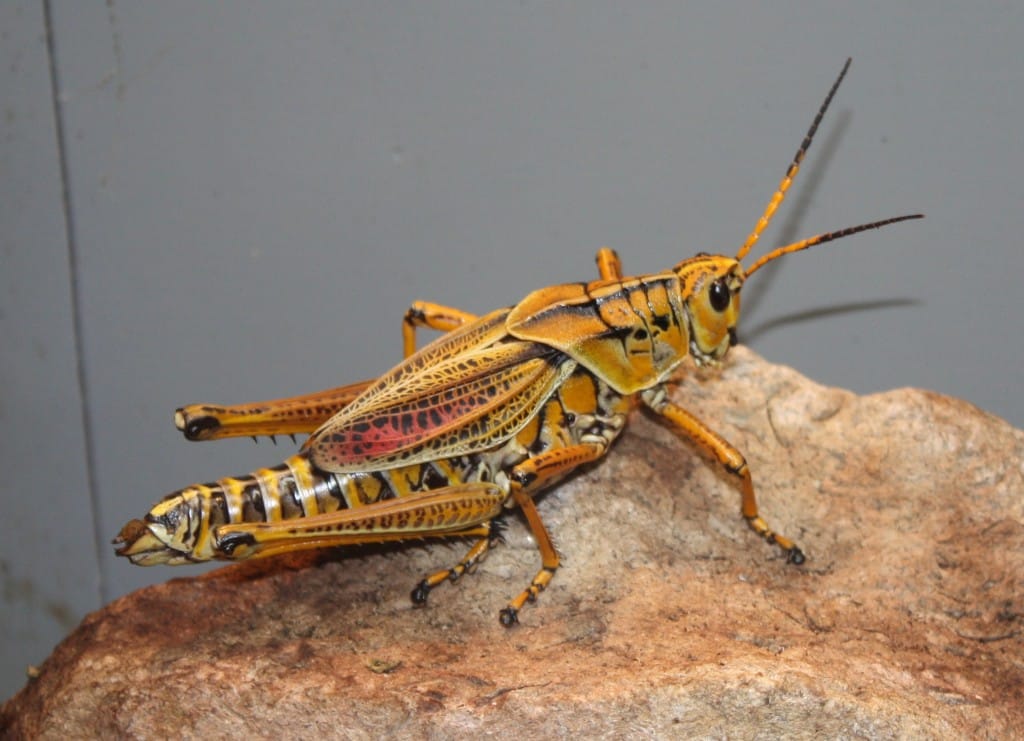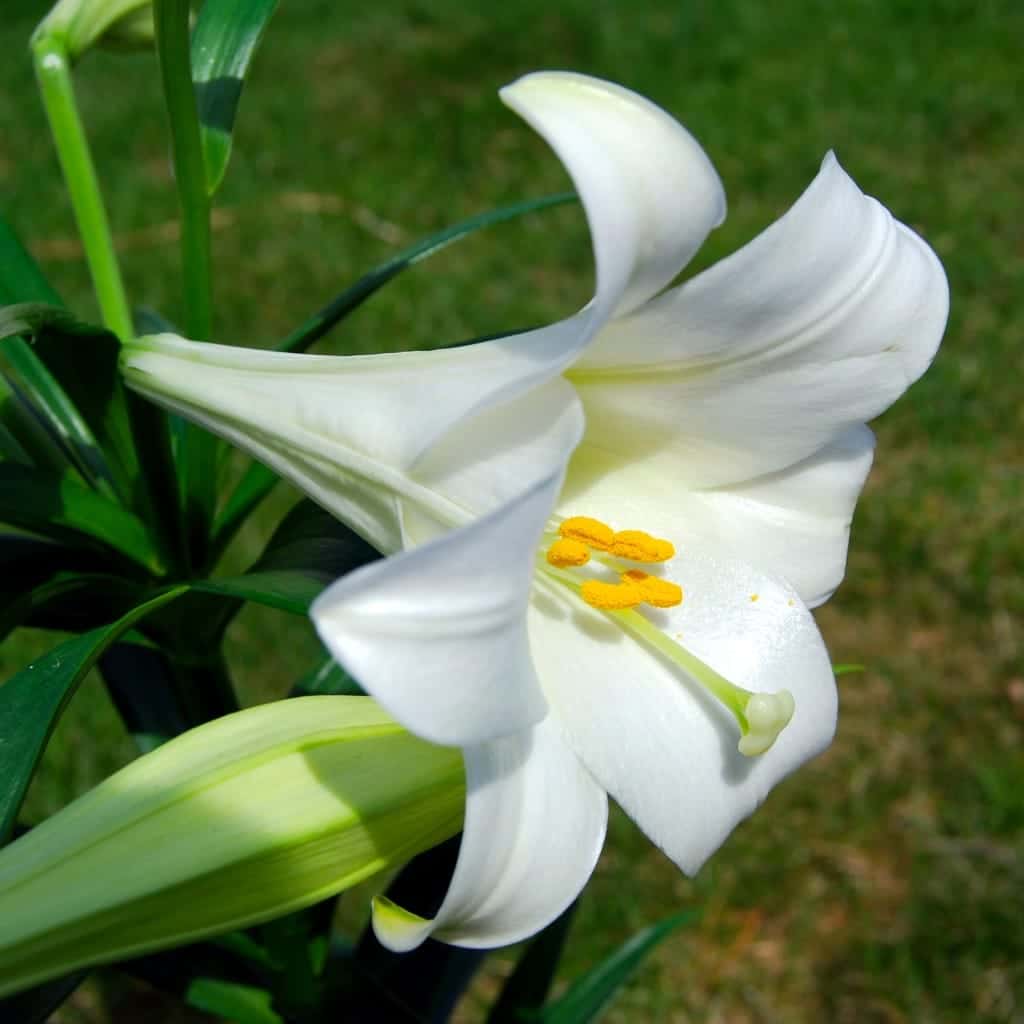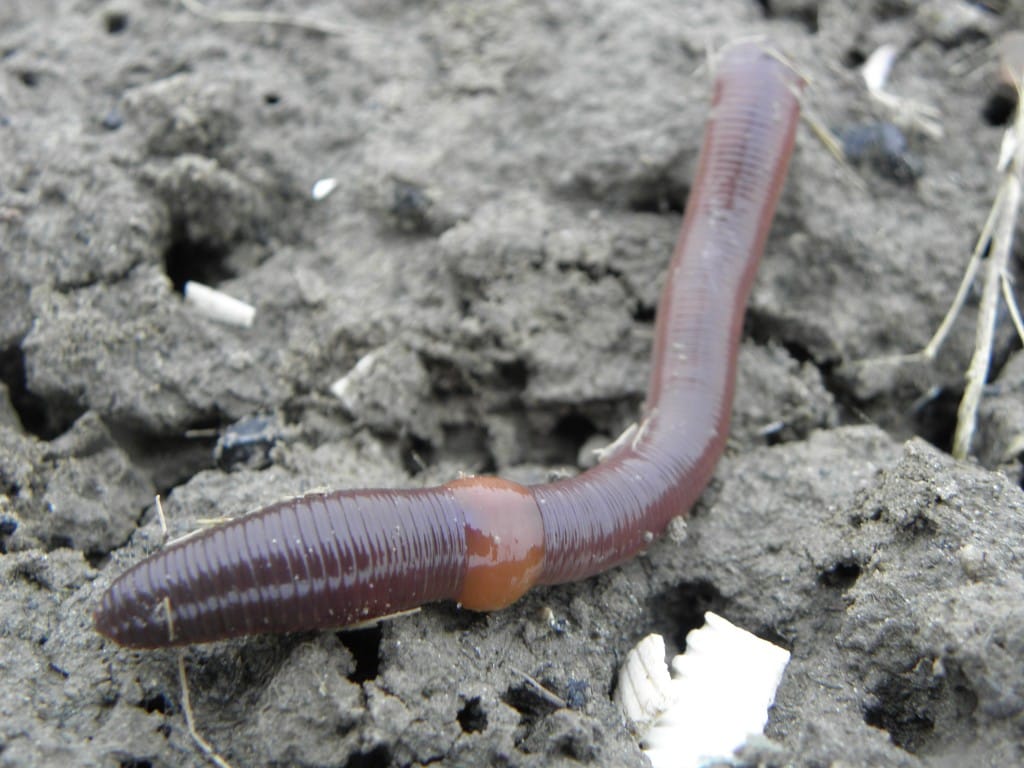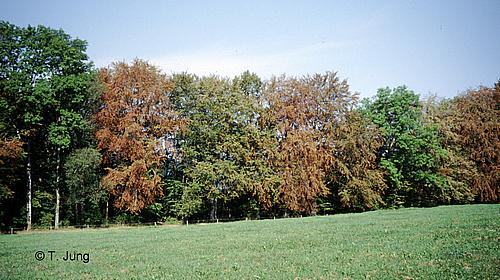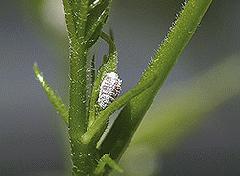Source(s): Gil Landry, PhD., Coordinator – UGA Center for Urban Agriculture, The University of Georgia.
There are three distinct aspects of turfgrass establishment. The first, soil preparation, is probably the most important. The second, planting, may involve seeding, sprigging or sodding. The final step is the care and maintenance for two to four weeks after planting.
The key to successful establishment of a home lawn is proper soil preparation. Without this, most lawns will eventually fail. Soil should be prepared the same whether you are planting by seed, sprigs, stolons, or sod. Outlined below are the steps necessary for proper soil preparation.
Take Soil Samples
Base fertilizer and lime applications on the result of soil tests. Contact your county agent for information on how to collect samples.
Clean Planting Site
Remove all the debris from the area to be planted. This includes rocks, bottles, and large roots. Remove all old tree stumps. These will eventually decay and leave depressions in the lawn.
Rough Grading
If extensive grading is being done, remove the topsoil and replace it after the rough grade is set. The rough grading should conform to the final grade after the topsoil is added. A 1-2 percent slope (1-2 foot of the fall per 100 feet) away from all buildings generally gives the best results.
If internal drainage or subirrigation systems are to be installed, this is the best time to do it. Remember, good drainage is a must if a nice lawn is desired.
The subgrade may become compacted during rough grading, especially if the ground is wet. This compacted layer must be broken up by some means. A spring tooth harrow works well on soils compacted lightly, while a small rotavator might be needed for more heavily compacted sites.
Replace Topsoil
Once the subgrade is established, respread the topsoil. Allow for at least 6- 8 inches of depth after the soil has settled. This means placing about 8-10 inches topsoil over the subgrade. Steep slopes or rock outcrops need at least 12 inches of topsoil for proper maintenance. If the existing topsoil is poor, improve it if you cannot purchase new topsoil.
If organic matter is needed, add 1-3 cubic yards per 1000 square feet of lawn area. Materials such as peat moss, shredded pine bark, rotted sawdust (6-8 years) or leaf mold serve well as organic materials. On heavy soils, add 8-10 cubic yards of sand per 1000 square feet of lawn. Mix all of these materials in thoroughly with the native soil to a depth of 6-8 inches.
Add Fertilizer and Lime
Once the topsoil is spread and graded, add fertilizer and lime as indicated by the soil test. Mix the lime thoroughly with the top 3-5 inches of topsoil. The fertilizer should be mixed with the top 1-3 inches of soil or simply applied to the surface. Water the fertilizer lightly prior to planting.
A general recommendation for a starter fertilizer is 20-30 pounds of a commercial grade fertilizer, such as 5-10-15, 6-12-12, 5-10-10, or 7-14-21 per 1000 square feet of lawn. If a soluble source of nitrogen is used, do not apply more than 1 pounds of nitrogen per 1000 square feet. If an insoluble source of nitrogen is used, such as urea-formaldehyde, you can apply 3-5 pounds of nitrogen per 1000 square feet prior to planting.
Final Grading
Final grading and mixing of the fertilizer should be delayed until right before planting time. If this is done too far in advance, some fertilizer may be leached out and the soil may become crusted. On light soils (high sand content), the seedbed should be firmed. This will help prevent drying out of the soil. Once the soil is properly prepared, it is time to plant.
Take care not to destroy the existing trees in the lawn. The cutting of a large percentage of a tree’s roots during soil tillage can severely damage if not kill it. Trees can also be suffocated by deeply covering the roots with soil. If soil is necessary at a tree base, a tree well should be constructed.
Resource(s): Lawns in Georgia
Center Publication Number: 129
